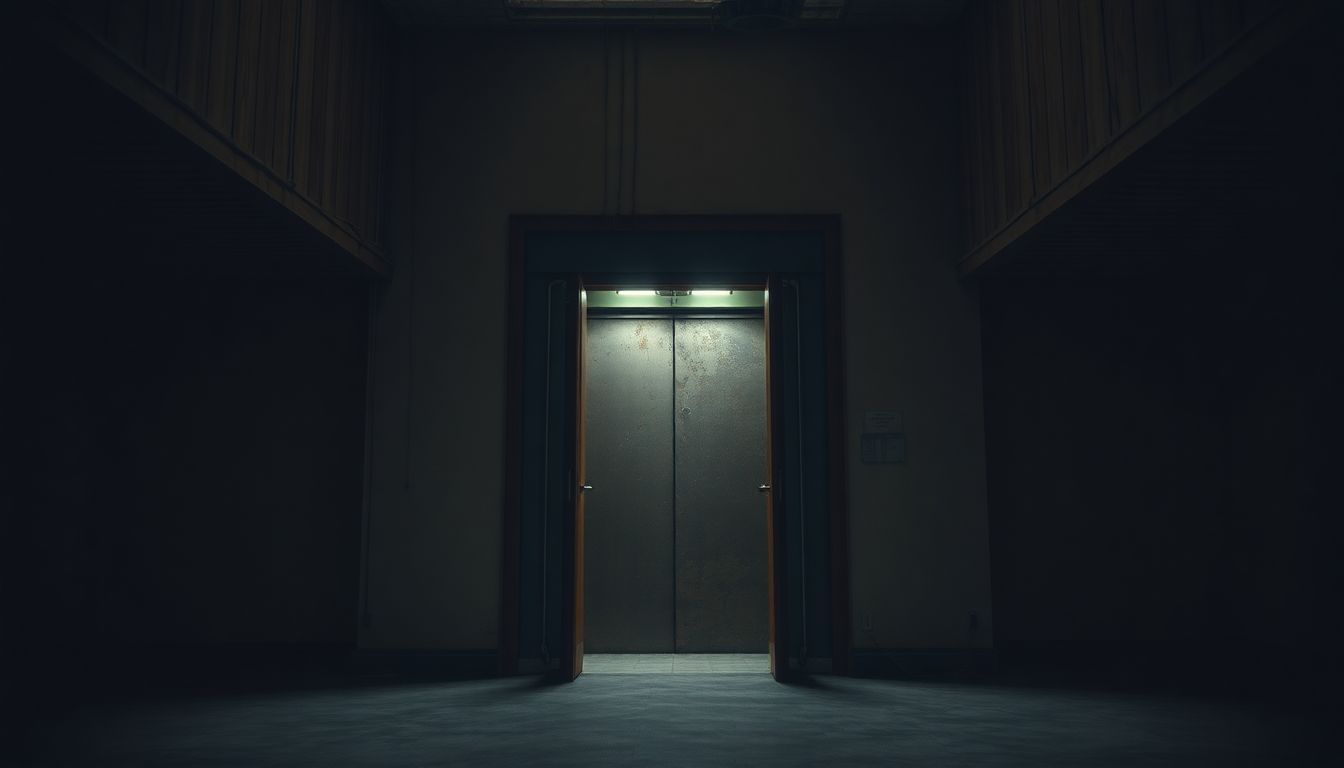Elevator accidents can cause serious injuries and leave victims unsure about their legal rights. Each year, about 17,000 people in the U.S. are hurt in elevator mishaps. This guide will walk you through the steps to file an elevator accident lawsuit.
Learn how to protect your rights and seek fair compensation for your injuries.
Key Takeaways
- Elevator accidents cause about 17,000 injuries and 20-30 deaths yearly in the U.S., showing the need for better safety measures.
- Property owners, maintenance companies, manufacturers, and other parties can be held liable for elevator accidents, depending on the case details.
- Victims can seek various damages, including medical costs, lost wages, pain and suffering, and sometimes punitive damages, with settlements ranging from thousands to millions of dollars.
- To file a lawsuit, victims should seek medical care, report the incident, gather evidence, consult a lawyer, and follow the legal process, which may end in settlement or trial.
- Choosing a skilled personal injury lawyer is crucial for navigating the complex legal issues and securing fair compensation in elevator accident cases.
Common Causes of Elevator Accidents

Moving from the introduction, we now explore the main reasons behind elevator mishaps. Faulty equipment often leads to elevator incidents. Suspension mechanisms, braking systems, and stopping devices can fail, causing accidents.
Defective doors, uneven leveling, and electrical issues also pose risks. Falls into shafts are the deadliest type of elevator accident.
I once witnessed a scary incident where an elevator stopped between floors due to a power outage. This experience showed me how vital proper maintenance is. Each year, about 17,000 people get hurt in elevator and escalator accidents in the U.S. Sadly, 20 to 30 people die from elevator-related issues annually.
These numbers highlight the need for better safety measures and regular checks to prevent such tragedies.
Who Can Be Held Liable for Elevator Accidents?
Elevator accidents can involve many parties. Property owners often bear responsibility for negligent maintenance. They must keep elevators safe and in good working order. Failure to do so may result in liability if an accident occurs.
Maintenance companies also play a key role. These firms handle regular upkeep and repairs. If they perform their duties poorly, they may be held accountable for resulting injuries.
Manufacturers face liability for defective elevators. Claimants must prove an “unreasonably dangerous defect” exists in the product. Contractors, building managers, and even government entities can be liable too.
Each case is unique, with fault depending on specific details. The next section will explore the types of damages victims may seek in elevator negligence lawsuits.
Categories of Damages in Elevator Negligence Cases
Elevator negligence cases involve various types of damages that victims can claim. These damages aim to compensate for losses and suffering caused by the accident.
| Category | Description | Examples |
|---|---|---|
| Medical Expenses | Current and future costs related to injury treatment | Hospital bills, surgeries, medications, physical therapy |
| Lost Wages | Income lost due to injury and recovery time | Missed work days, reduced earning capacity |
| Pain and Suffering | Physical and emotional distress caused by the accident | Chronic pain, anxiety, depression, PTSD |
| Property Damages | Costs to repair or replace damaged personal items | Broken phones, laptops, clothing |
| Punitive Damages | Additional compensation to punish negligent parties | Fines for gross negligence or willful misconduct |
| Wrongful Death Expenses | Costs related to fatal elevator accidents | Funeral expenses, burial costs, loss of consortium |
I once worked on a case where a client suffered a broken leg in an elevator accident. We claimed medical expenses for surgeries and physical therapy. We also sought compensation for lost wages during her six-month recovery. The settlement covered her current and future medical needs, ensuring proper care.
Damages in elevator accident cases can range from thousands to millions of dollars. A notable example is a $37 million award given to an injured elevator mechanic. Another case resulted in a $1,785,000 settlement for a woman hurt by a mis-leveled elevator. These amounts show the serious nature of elevator accidents and the potential for substantial compensation.
How to Prove Negligence in Personal Injury Cases
Proving negligence in personal injury cases requires four key elements. First, you must show the defendant had a duty of care. This means they were responsible for your safety. Next, you need to prove they breached that duty.
For example, a property owner failed to fix a broken elevator. Third, you must link their breach to your injury. This is called causation. Last, you must show you suffered real harm or damages.
These could be medical bills, lost wages, or pain and suffering.
Evidence plays a big role in proving negligence. Photos of the accident scene, witness statements, and expert opinions can all help your case. Medical records show the extent of your injuries.
If the defendant was grossly negligent, you might get extra punitive damages. But be aware that comparative negligence laws can reduce your award if you were partly at fault. Your own actions matter too.
If you knowingly took a risk, it could limit what you can recover.
Steps to Filing an Elevator Accident Lawsuit
Filing an elevator accident lawsuit requires careful planning and execution. Here are the key steps to take when pursuing legal action for an elevator injury:
- Seek medical attention: Get immediate medical care for your injuries and keep all records.
- Report the incident: Notify the property owner or manager about the accident in writing.
- Gather evidence: Collect photos, videos, witness statements, and maintenance records of the elevator.
- Identify responsible parties: Determine who may be liable, such as property owners or maintenance companies.
- Consult a lawyer: Find an experienced personal injury attorney to assess your case.
- File a claim: Your lawyer will help you file a formal complaint against the responsible parties.
- Serve the defendants: Legally notify the defendants about the lawsuit through proper channels.
- Discovery process: Exchange information and evidence with the opposing side.
- Negotiate a settlement: Try to reach an agreement before going to trial.
- Prepare for trial: If a settlement isn’t reached, get ready to present your case in court.
Gathering Relevant Evidence
After filing an elevator accident lawsuit, gathering relevant evidence becomes crucial. Strong evidence supports your claim and increases the chances of a favorable outcome. Here’s a list of important steps for collecting evidence:
- Obtain incident reports from the building management or elevator company.
- Collect eyewitness accounts from people who saw the accident happen.
- Take photos of the accident scene, including any visible damage or hazards.
- Secure medical records that document your injuries and treatment.
- Request maintenance logs for the elevator involved in the accident.
- Gather any security camera footage that may have captured the incident.
- Keep copies of all bills related to medical care and other expenses from the accident.
- Document lost wages if you missed work due to your injuries.
- Preserve any clothing or personal items damaged in the accident.
- Consult an experienced attorney for guidance on additional evidence to strengthen your case.
Additional Insights on Elevator Accident Lawsuits
Elevator accident lawsuits involve complex legal issues. Understanding key aspects can help victims protect their rights and seek fair compensation.
The Role of a Personal Injury Lawyer
Personal injury lawyers play a key role in elevator accident lawsuits. They help clients deal with legal issues after accidents caused by others’ careless actions. These lawyers look at case details and speak for clients in talks and court to get fair payment.
They also gather proof to show who’s at fault and prove neglect in cases.
Lawyers who handle injury cases often work on a contingency fee basis. This means clients don’t pay upfront costs. Instead, the lawyer gets paid a part of the money won in the case.
This setup makes it easier for people to get legal help after an accident. It also lets lawyers take on cases they think have a good chance of winning.
Negotiating Settlements vs. Going to Trial
Settlements offer faster resolutions and less stress than trials. They cost less and wrap up cases quickly. Trials can lead to higher payouts and hold people accountable. But they take longer and cost more money.
The choice between settling and going to trial depends on how strong your case is. It also hinges on whether the other side wants to negotiate. A good lawyer can help you decide what’s best for your situation.
Legal experts say settlements are often the smart choice. They let you avoid the risks of a trial. But sometimes, going to court is the right move. This happens when the other side won’t offer a fair deal.
Or when you want to make a public statement about safety. Your lawyer will look at all the facts and guide you to the best option. They’ll help you weigh the pros and cons of each path.
Common Elevator-Related Injuries
Elevator accidents can lead to serious harm. Each year, about 17,000 people get hurt in elevator and escalator mishaps in the U.S. Common injuries include back, neck, and spine problems.
People may also suffer fractures, concussions, or brain trauma. In some cases, victims face crushed limbs or damage to muscles and tendons. These injuries often need quick medical care to prevent lasting effects.
I once saw the aftermath of an elevator accident firsthand. The victim had a severe back injury and needed months of therapy. This experience showed me how crucial it is to act fast after such incidents.
Prompt treatment can make a big difference in recovery time and overall health outcomes. Always seek help right away if you’re hurt in an elevator mishap.
How to Choose the Right Lawyer for Your Case
Selecting the right attorney for your elevator accident case is crucial. Focus on lawyers specializing in personal injury or defective product law. These experts can provide specific legal advice for your situation.
Many leading firms offer complimentary case evaluations and operate on a contingency basis, so you don’t pay anything upfront. For instance, Morgan & Morgan has secured over $20 billion for their clients.
Michael S. Lamonsoff‘s firm has also achieved significant awards and settlements. Inquire about their experience with elevator cases and their strategy for your claim. A skilled lawyer will clearly explain your options and vigorously advocate for your rights.
Conclusion
Elevator accident lawsuits can be complex, but they’re essential for victims seeking justice. This guide offers key steps to help you through the legal process. Collect strong evidence and work with a skilled lawyer.
Taking prompt action after an accident increases your chances of fair compensation. With this information, you’re better prepared to protect your rights and secure the support you deserve.
For more information on liability in accidents and when to consult a lawyer, visit our guide on mudslide liability.
FAQs
1. What steps should I take after an elevator accident?
First, seek medical care for any injuries. Next, report the incident to the building manager or owner. Document the scene with photos and gather witness contact information. Finally, consult a personal injury lawyer to discuss your legal options.
2. How long do I have to file an elevator accident lawsuit?
The time limit, or statute of limitations, varies by state. Most states allow two to three years from the date of the accident to file a lawsuit. Consult a lawyer promptly to ensure you meet all deadlines and preserve your right to seek compensation.
3. Who can be held liable in an elevator accident case?
Several parties may be responsible, including the building owner, elevator manufacturer, maintenance company, or property management firm. Your lawyer will investigate to determine all potentially liable parties based on the specific circumstances of your accident.
4. What types of compensation can I recover in an elevator accident lawsuit?
You may be eligible for various forms of compensation, including medical expenses, lost wages, pain and suffering, and disability benefits. In cases of severe negligence, punitive damages might also be awarded. A skilled attorney will help maximize your potential recovery.
References
- https://naqvilaw.com/what-causes-elevator-accidents-and-how-to-avoid-them/
- https://vanlawfirm.com/blog/elevator-and-escalator-accidents/
- https://lvaccident.com/blog/who-is-liable-for-elevator-accidents/ (2024-11-14)
- https://www.legalmatch.com/law-library/article/elevator-accident.html
- https://www.mesrianilaw.com/blog/how-to-prove-negligence/ (2024-01-12)
- https://www.shouselaw.com/ca/personal-injury/elevator-accident-lawsuit/
- https://www.andersonlawfirm.law/elevator-related-injuries-steps-to-proving-whos-liable/ (2023-06-16)
- https://calljmb.com/blog/understanding-the-role-of-a-personal-injury-lawyer/
- https://www.expertinstitute.com/resources/insights/elevator-accident-litigation-the-role-of-the-expert-witness/ (2021-08-23)
- https://alanripka.com/personal-injury-lawsuits-understanding-settlement-vs-trial/ (2024-09-20)
- https://www.nytimes.com/2008/08/08/business/08law.html
- https://pinderplotkin.com/elevator-accident-lawyer/

